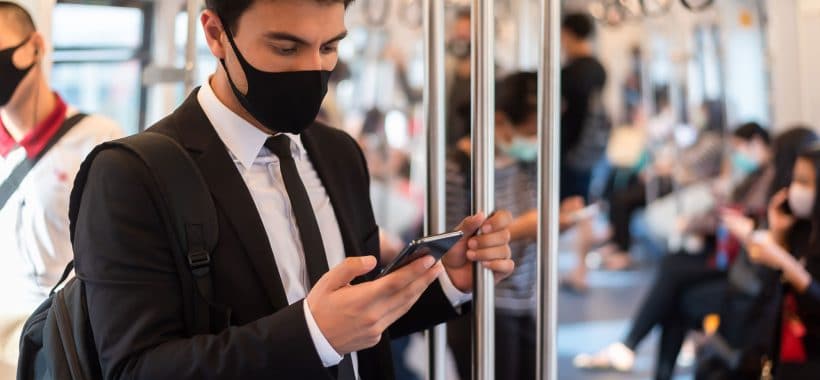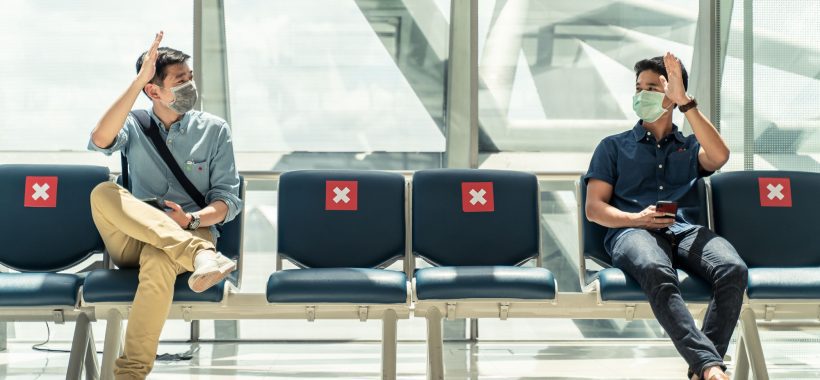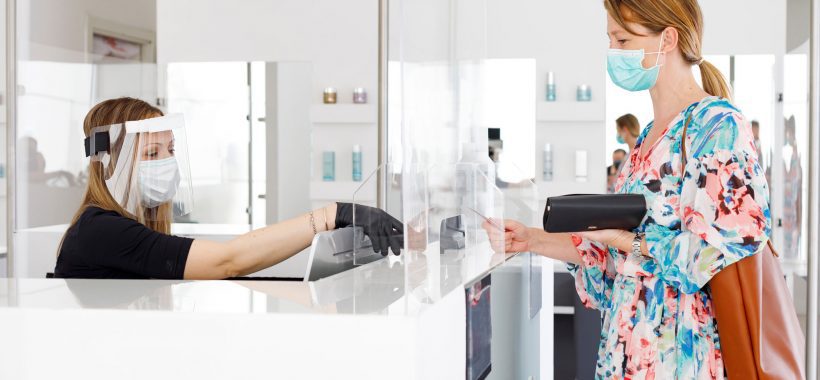How to respect social distancing in the workplace?
Since March 2020, Canada, like many other countries around the world, has been affected by the coronavirus crisis. If the measures taken at the start of the pandemic made it possible to control the epidemic, this is no longer the case since September, a period since which the number of sick people with the virus has increased sharply.
The government has therefore invited Canadians to maintain respect for social distancing in order to curb the spread of the epidemic while waiting for the creation of a vaccine. Why is it necessary to maintain these precautions and how to respect social distancing in the workplace? Find below some answers.
The importance of respecting social distancing
Understanding the importance of social distancing begins with understanding how the COVID-19 virus is transmitted. According to current knowledge, the virus circulates in four different ways:
- Droplets containing the virus stagnate in the air and can then be inhaled by a person.
- An uncontaminated individual touches a surface on which the virus is present, then touches their eyes, nose, or mouth.
- An infected person coughs or sneezes, sending respiratory droplets into the mouths or noses of people nearby.
- An infected person has direct physical contact with another person (such as a handshake) and then transmits pathogenic droplets to them which they can then carry to their mouth, eyes, or nose.
In the last two cases, social distancing of at least 2 meters is effective in stemming the spread of the infectious disease. And this, even before the appearance of the first symptoms of the disease. Why? At first, asymptomatic people can still transmit the virus to healthy individuals. Secondly, social distancing helps prevent catching COVID-19.
It should be noted, however, that social distancing is above all physical distancing. In other words, it is important to maintain a social bond with loved ones so as not to isolate yourself in this time of stress. This can be by exchanging by telephone, by videoconference.
Work environment, higher exposure to the virus
Confined spaces were the first to be singled out by the World Health Organization (WHO) because they would promote the contagion of the Coronavirus SARS CoV-2. Thus, the infection rate in closed and poorly ventilated places is estimated at 90%. The reason? The lack of ventilation would leave contaminated droplets more suspended in the room, while limiting respect for social distancing in small spaces.
Of course, these deductions are based on studies and findings. According to a study published on April 7 on medRxiv and carried out on 7,324 cases of contamination, all the outbreaks which involved 3 patients affected by the virus or more resulted from a prolonged time in closed places.
Erin Bromage, Associate Professor of Biology at Dartmouth University in Massachusetts in the United States, gives various examples of epidemiological outbreaks in the workplace, and therefore closed.
Thus, we discover that 5,000 cases of contamination in the United States took place in meat-packing plants. The reasons? Cold rooms conducive to the conservation of the virus, but above all an important proximity between the workers during exchanges to cover the noise of the machines. Another example: the conference organized by
Biogen in February 2020, which brought together 175 executives on leadership. Over the two days, 72 confirmed cases were identified. In question? A multitude of interviews punctuated by accolades, as well as breakfasts and business meals.
Finally, the use of ventilation within these closed places would directly influence the transmission of the virus, favoring the airborne transport of infectious micro droplets.
Ways to limit contamination in the workplace
The global COVID-19 pandemic has prompted many companies to resort to teleworking, and quickly. This way of working is proving to be one of the most effective in maintaining physical distance and thus fighting the virus.
Unfortunately, not all jobs can be done remotely. Thus, 70% of Canadian companies exclude teleworking from their mode of operation. Employees then find themselves in groups in closed and poorly ventilated spaces, which further exposes them to the risk of spreading the virus.
Here are the measures recommended by health authorities to avoid spreading the disease:
- Compliance with hygiene measures (equip the premises with soaps, hydroalcoholic gels, disposable hand towels and specific bins for washing hands).
- Installation of physical separators in the form of Plexiglas between the various workstations.
- Mandatory and systematic wearing of a mask.
- Protection of sensitive people by opting for teleworking or simply temporary work stoppage.
- Respect for physical distance by limiting meetings and crossings with a signposted route.
The Alert 2 Social Distancing Device, an effective device for maintaining social distancing
Ensuring that the 2-meter distance between each individual is respected can be laborious… This is why many devices have emerged since March 2020. Today, we would like to introduce you to the Alert 2 Social Distancing Device, an aesthetic and elegant device that evaluates the space between two people. How does it work? When 2 people are at:
- More than 2 meters, the Alert 2 Social Distancing Device lights are green.
- Less than 2 meters, the lights are red.
- Less than 1 meter, the lights are red and flashing. An optional sound alert can also be activated.
This ideal device for all types of businesses has many advantages. First of all, it is a courteous way to enforce the distancing instruction and thus prevent your employees from intervening verbally. In addition, respecting physical distance prevents you from closing your establishment due to non-compliance with sanitary measures. To get the Alert 2 Social Distancing Device, only one address: Alert 2 Social Distancing Device.






